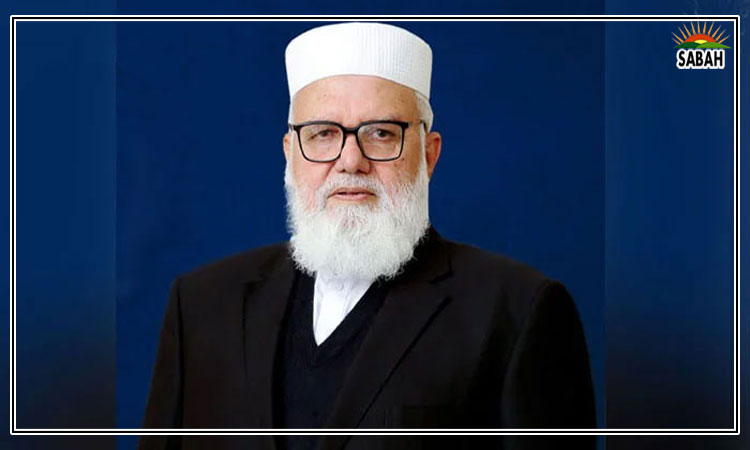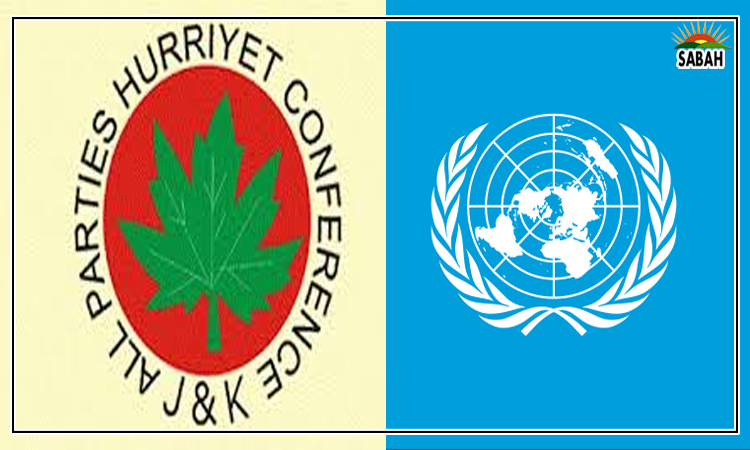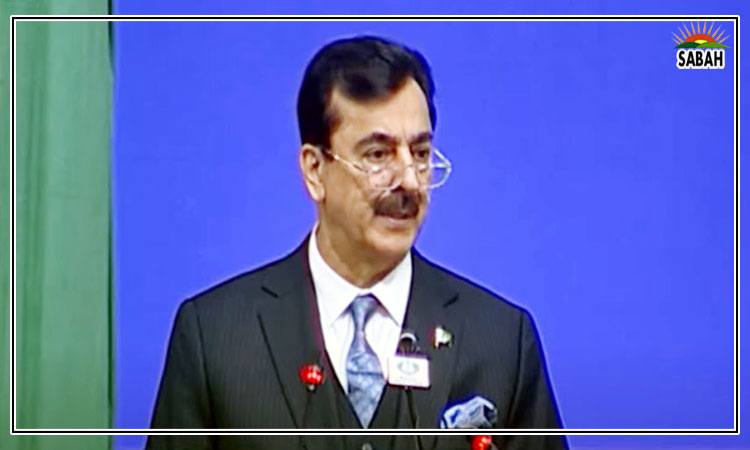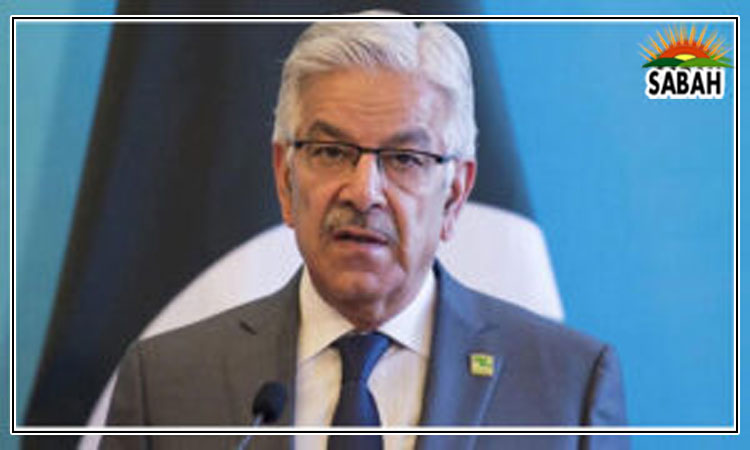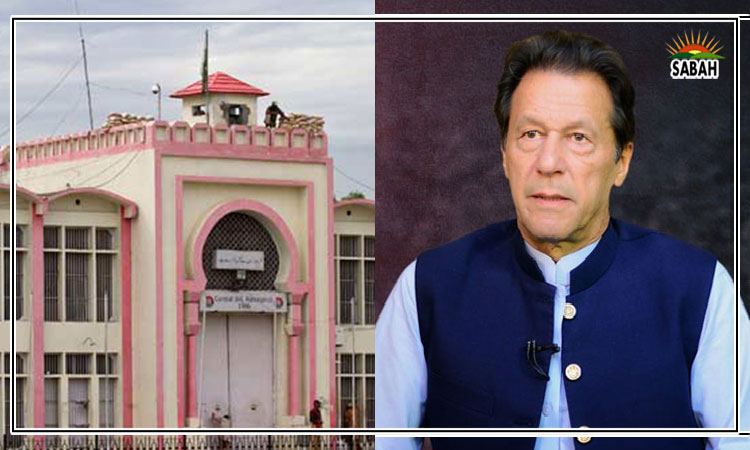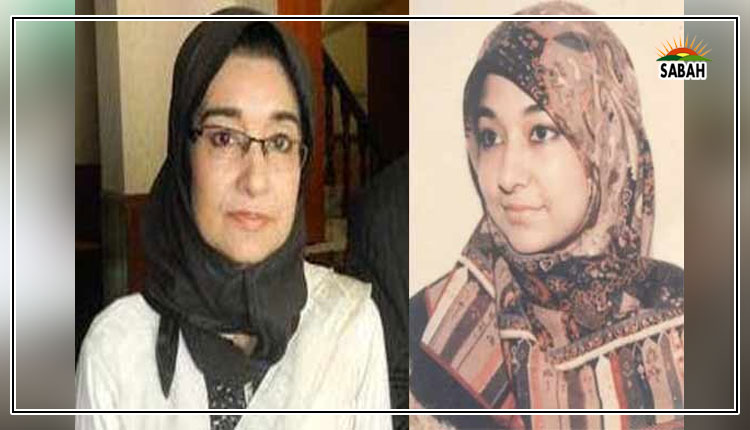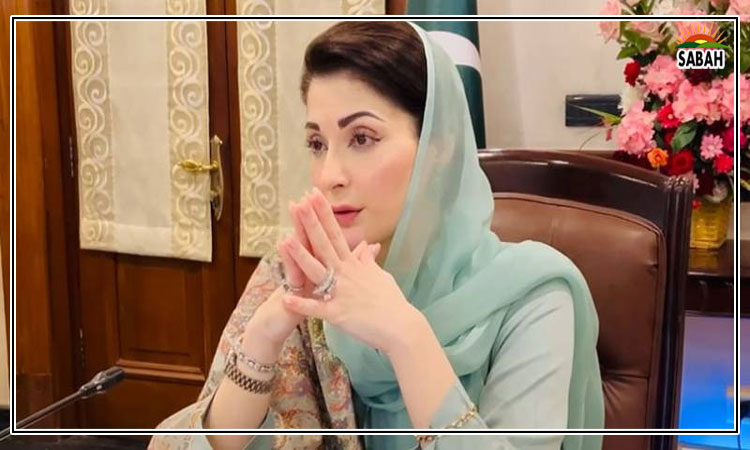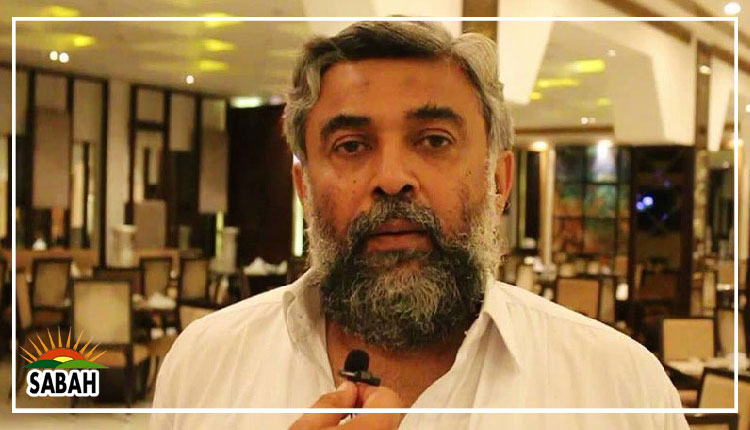Power of the people… Dr Sharmila Faruqi
In a profound example of the power of youth activism, Bangladesh experienced a dramatic political upheaval last month when student-led demonstrations swept across the nation, leading to the downfall of now-former PM Sheikh Hasinas government.
The revolution, marked by both tragedy and fervour, resulted in the deaths of more than 200 students and left countless others, including children, injured in clashes with state forces. This upheaval serves as a stark reminder of the high cost of dissent in a society plagued by rampant corruption and mismanagement.
The violence erupted over deep-seated frustrations with the countrys job quota system while the roots of the revolution can be traced to widespread disillusionment with Sheikh Hasinas administration, which had held power for over a decade. Once hailed for her leadership and economic reforms, Hasinas later years in office were marred by allegations of corruption, nepotism, and authoritarianism.
The spark that ignited the revolution came from the student body, which had long been vocal about its grievances. Their protests were initially met with indifference and then with brutal repression. As the governments heavy-handed tactics escalated, so did the resistance. Students across the country united in their call for change, demanding transparency, accountability, and a government that genuinely served the people.
The intensity of the protests reached a fever pitch when a statue of Sheikh Mujibur Rahman, the founding father of Bangladesh and Hasinas father, was brought down by protesters. This act, symbolically severing ties with a political dynasty that had ruled Bangladesh for decades, sent shockwaves throughout the nation.
Absolute power corrupts absolutely became the rallying cry of the revolution, as more and more people joined the students in their demand for an end to Hasinas rule. In the end, the sheer force of the uprising proved too much for the government to withstand, and Hasina was forced to resign, marking the end of an era in Bangladeshi politics.
The events in Bangladesh serve as a stark reminder that unchecked power, corruption, and mismanagement can lead to a nations downfall. Pakistan, too, faces significant challenges that echo the problems that plagued Hasinas government. As of 2024, Pakistans public debt stands at 74.8 per cent of GDP, with a budgetary deficit reaching 7.33 per cent of GDP in FY2023-24.
This fiscal crisis is not new; since 1974, Pakistan has grappled with an average debt-to-GDP ratio of 73 per cent and an average fiscal deficit of 5 percent. The countrys reliance on borrowing to bridge fiscal gaps has created a cycle of debt that severely limits economic flexibility, with debt servicing consuming the largest portion of the federal governments revenue.
Political instability further exacerbates these fiscal challenges. Frequent changes in government have undermined policy continuity and eroded investor confidence. Over the past 77 years, Pakistan has seen 32 prime ministers, including caretakers, with an average tenure of just over two years. Such instability hinders consistent policy implementation, stifles economic planning, and creates an unpredictable environment that discourages long-term investments.
The economic and political crises in Pakistan have fueled a significant brain drain. A shocking report released at the end of 2023 revealed that over 700,000 people, predominantly young professionals, emigrated from Pakistan in search of better opportunities in Gulf and European countries. Pakistan, which boasts a young and vibrant population 64 per cent of whom are under 30 years old has been unable to harness its human capital effectively.
Political instability, economic uncertainty, and a deteriorating governance structure have driven the youth to seek greener pastures abroad, contributing to a significant loss of talent. The impact of this brain drain is profound.
To reverse this trend, Pakistan must invest in its youth by addressing critical issues in education and healthcare, the two main pillars of human development. Currently, Pakistan allocates only 3.7 per cent of its GDP to education and 9.7 per cent to health expenditures, both inadequate to meet the needs of its population.
The Sindh government has significantly increased its budget for the health sector, allocating Rs300 billion in FY2024-25, a 32 per cent increase from the previous year. Additionally, Sindh is focusing on imparting quality medical education, with a provision of Rs14.39 billion allocated for the same period.
Investing in health and education is crucial for Pakistans economic revival, with the youth playing a key role in this process. To harness the potential of its young population, Pakistan must ensure that meritocracy prevails in job opportunities. The chief minister of Sindh had announced recently that thousands of jobs from grade 5 to 16 would be awarded on merit, signaling a move towards empowering the youth and restoring their faith in the system.
Pakistan needs unity now more than ever, especially amid political differences among its provinces. Despite these divisions, the country must come together to address its pressing challenges, recognizing that national strength lies in solidarity and cooperation across all regions.
The student-led protests in Bangladesh that brought down Sheikh Hasinas government are a powerful testament to the influence of youth movements in shaping national destiny. Pakistan must take heed by investing in its young population, addressing the root causes of disillusionment, and creating an environment where the youth feel valued and heard.
By reviving young minds and fostering a culture of empowerment, Pakistan can pave the way for a brighter, more stable future, in line with the vision of leaders like PPP Chairman Bhutto Zardari. The future belongs to the people of Pakistan, and it is high time Pakistan invests in them.
The writer is a member of the National Assembly and has a PhD in Law.
Courtesy The News


